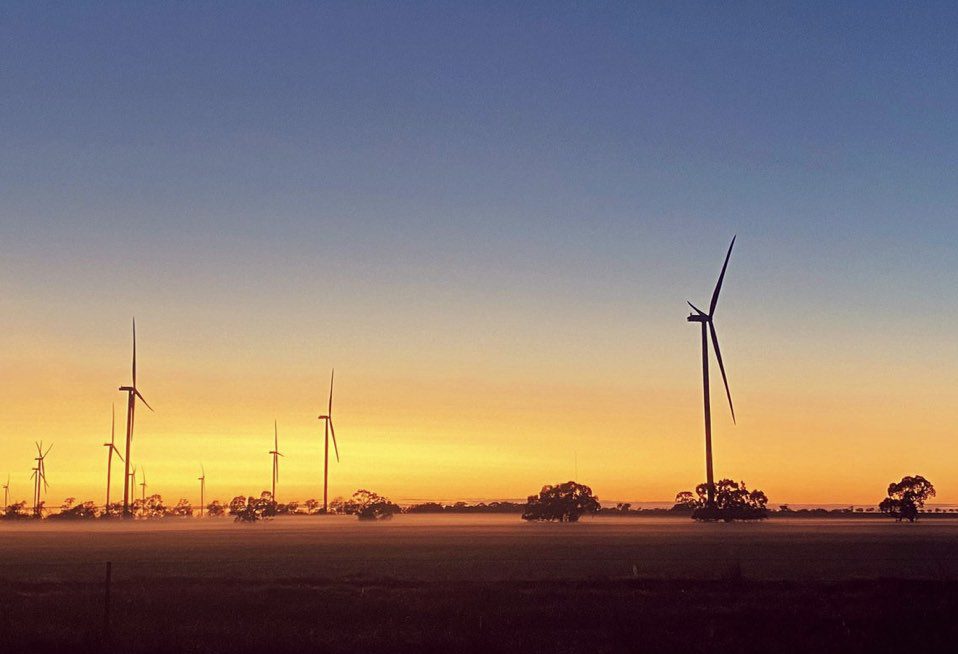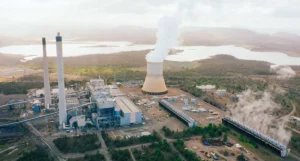Federal energy and climate minister Chris Bowen has announced that the next round of tenders under the federal government’s Capacity Investment Scheme have been super-sized to 10 gigawatts (GW) of wind, solar and battery storage.
Bowen says the new tenders will seek another six gigawatts of new wind and solar, up from a planned four gigawatts, and another four gigawatts of battery storage (24 gigawatt hours), up from a planned 2 GW.
The increase, first flagged back in July at the Clean Energy Summit, follow an overwhelming response to the government’s first tenders, and as it seeks to accelerate the rollout of new projects to help meet its 82 per cent renewable energy target by 2030.
“Market briefs for this will tender round will be released shortly and the tender process will be open in mid-November,” Bowen says in a speech to be delivered on Monday.
The first CIS tender for dispatchable generation – effectively battery storage – sought 600 MW (2,400 MWh) and was 32 times oversubscribed, while the 6 GW generation tender for wind and solar attracted more than 40 GW of projects, with 27 GW making it through to the next stage.
“We only asked for six (gigawatts),” Bowen said. “This market interest confirms for me that the pipeline of good quality renewable projects is strong.
“We are yet to award the winners of this auction, but I have received advice from my department that the quality of the projects is very strong.
“Accordingly, I am pleased to announce today that we have decided to make the next round of auctions bigger than originally envisaged to get more of these high-quality projects connected to the grid more quickly.”
The decision by Bowen makes sense, given the huge pipeline of projects, the need to roll them out quickly to have any chance of meeting the 82 per cent renewables target and the global and local supply chain, planning and transmission challenges.
Labor may also have an eye on the next federal election, which is likely next May, with the polls pointing to a tight race and amid the increasingly strident opposition to the rollout of renewables by the federal Coalition.
The Nationals have already flagged their intention to tear up contracts written by the Commonwealth and made clear their antipathy to new wind, solar and battery projects, and energy spokesman Ted O’Brien wants to include gas in a revised capacity mechanism as he seeks to extend the life of existing generators and build more fossil fuel plants.
Coalition leader Peter Dutton vowed to scrap the offshore wind zone in Western Australia over the weekend, just as the state LNP – considered likely to win the Queensland election later this month – has vowed to keep coal fired power stations open for longer and stop new wind developments.
Bowen says climate denial has now been replaced by what scientist Michael Mann calls “climate inactivism”, or what Bowen describes as “all too hard-ism” in the Australian political context.
“The Coalition has given up any veneer of meaningful action on climate change,” Bowen says.
“The lines are familia. ‘The roll out is too slow to meet the targets, so let’s rely more on old energy’; ‘Renewable energy is controversial in the regions, it will be too hard’; ‘Renewable energy takes up too much space, so just pause it and develop a nuclear industry’; ‘It’s all too hard to make car companies send their cleaner, cheaper cars to Australia’.”
Bowen says that the
But Bowen insists that the 82 per cent target – assuming Labor retains power – is still attainable, even though the average over the last 12 months is less than 40 per cent and on an instantaneous level, for a five minute trading period, it only reached 75 per cent for the first time on Sunday.
“Australians are adding about 5,000 solar systems to their roofs every week,” Bowen said.
“More new solar, wind and battery capacity across Australia has reached financial close this year, in October already, than in all of 2023. In the next five months, another five and a half gigawatts of capacity is due for financial close.”
more to follow








